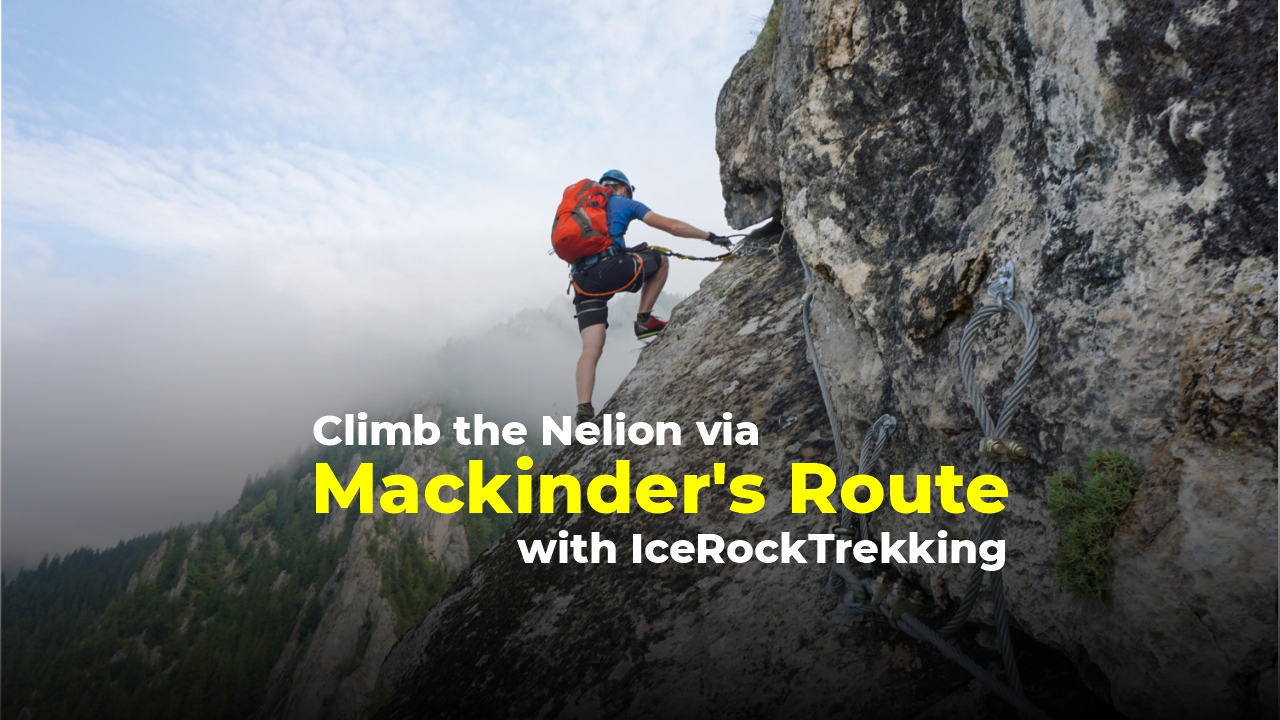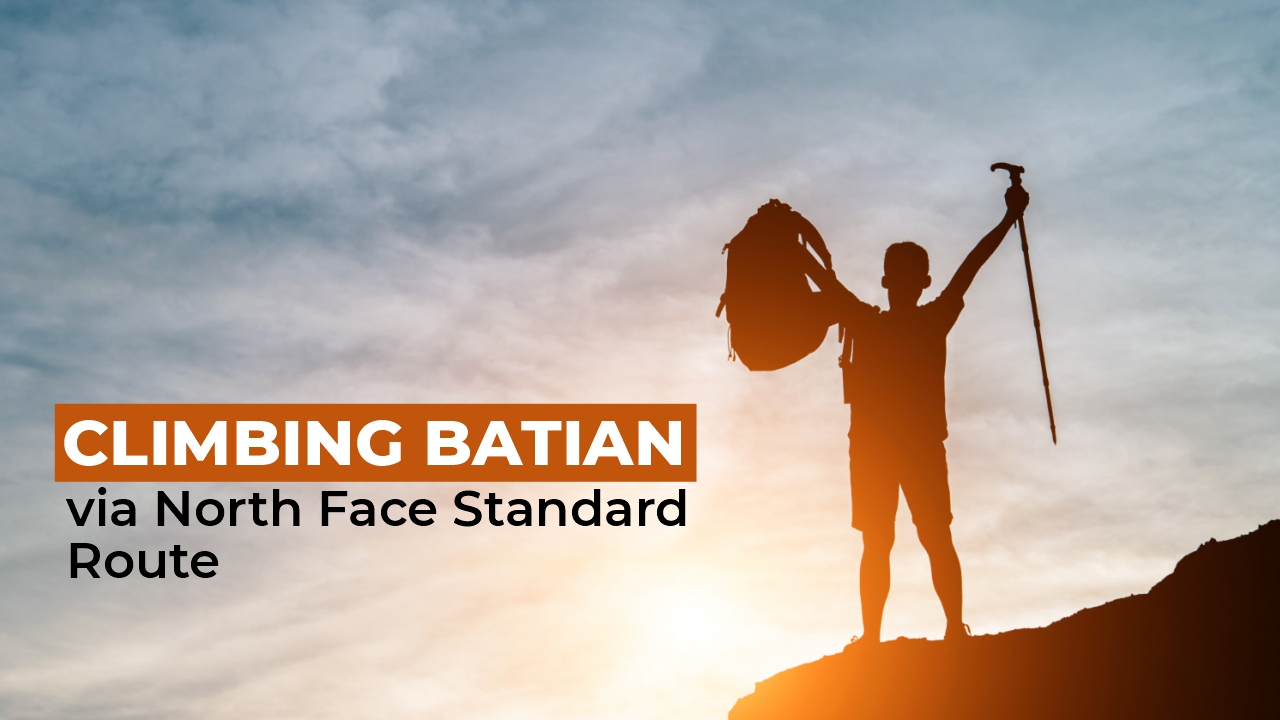
Ice Rock Trekking is famed for organizing some of the best trek itineraries in the African region. In this article, we will talk about the standard route taken to attempt the Nelion Climb via the southern side of Mount Kenya. You can best access this trek from the Austrian hut.
Mackinder Route is the most used route on the Southern/Eastern side of Mount Kenya, where you will get abseil rings fixed. As per the Ice Rock Trekking itinerary, climbers will start from the Austrian Hut which is at 4700m in height in the morning around 4 PM. After crossing the Lewis Glacier, You will use head torches to scramble up the scree to the climb’s base.
With this, you have completed the first two pitches before first light. This stroll usually takes about 2 hours. If the sun comes out of the mountains, the climbing becomes more enjoyable. Starting from the base, the climb becomes easy with the first three scrambled pitches using a running belay.
The One O’clock Gully
While working through the pitches, climbers will pass through some famous features like the following:
- One o’clock Gully
- The Amphitheatre
- De Graf’s Variation
These local points will present some easy as well as some challenging climbing. The halfway point of the climb is the Bailey’s Bivvy. This Bivvy is a disused hut considered a halfway point on a spectacular route.
You will reach the summit of Nelion in 6-8 hours. Howell Hut is the summit of Nelion. Here, you can stay in an overnight bivvy if your group is interested in crossing over to Batian. Climbers will cross over to Batian via the “Gates of Mist”. This involves dropping 35m off Nelion and further climbing 50m to the summit.
We estimate the time to do the Nelion crossing and return is 3-4 hours. But such a fiat is dependent on ice levels within the “Gates of Mist”. Thereafter, we would recommend a night at Howell Hut. You can begin to descend on the following morning. During the trek, you will see en route to Nelion.

Eric Shipton first ascended the summit of Mt Kenya in 1929. PW Harris, before him, was a part of a reconnaissance team on Mount Everest.
You can find more similar stories of this route which are famous and involve famous faces of the past. Your guide can also narrate such incidents to you during your unforgettable climb.
Standard Route To Nelion Climb– South Ridge to Nelion
The Nelion Summit is at a height of 5188m or 17,021 feet. The Batian is situated at a height of 5199m or 17,057 feet via the “Gates of Mist”. The Technical Grade for this trek is 4. The suitable season for this climb is December to March. The typical length of the trek is 450m, 18 pitches. Trek’s duration is around 8 hours of climbing with one night stay and three hours for the descent. The trek requires one guide to two guests ratio. For the Nelion climb, you require ice climbing equipment, such as crampons and ice axes. The whole climb is 18 pitches, which makes it easy to climb Nelion and Batian.

